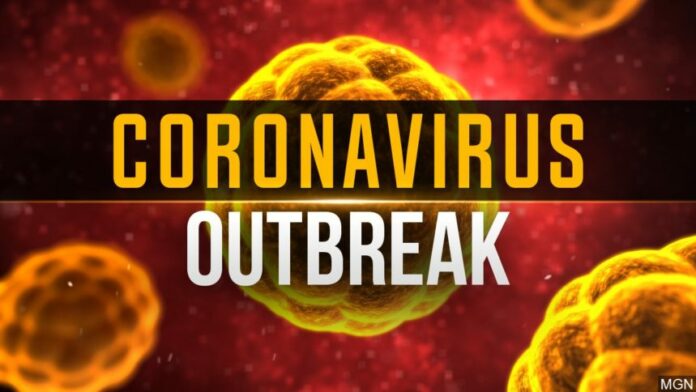WISCONSIN DELLS (WKOW) — A COVID-19 outbreak has been confirmed at a strip club in Wisconsin Dells.
According to the Juneau County Health Department, as of Friday, at least two positive COVID-19 cases have been confirmed at Cruisin’ Chubbys at US Highway 12 and 16 in the Dells.
Juneau County Health Department said that anyone that visited Cruisin’ Chubbys between June 10 and 14, may have been exposed to COVID-19.
The health department said that anyone experiencing symptoms should contact their health provider.
Details on how the virus might have spread in the club were not released by the health department.
An outbreak is defined by the Wisconsin Department of Health Services as two or more laboratory-confirmed cases of COVID-19 in the same facility or associated with a single event, with onset within two maximum COVID-19 incubation periods of each other (28 days).






